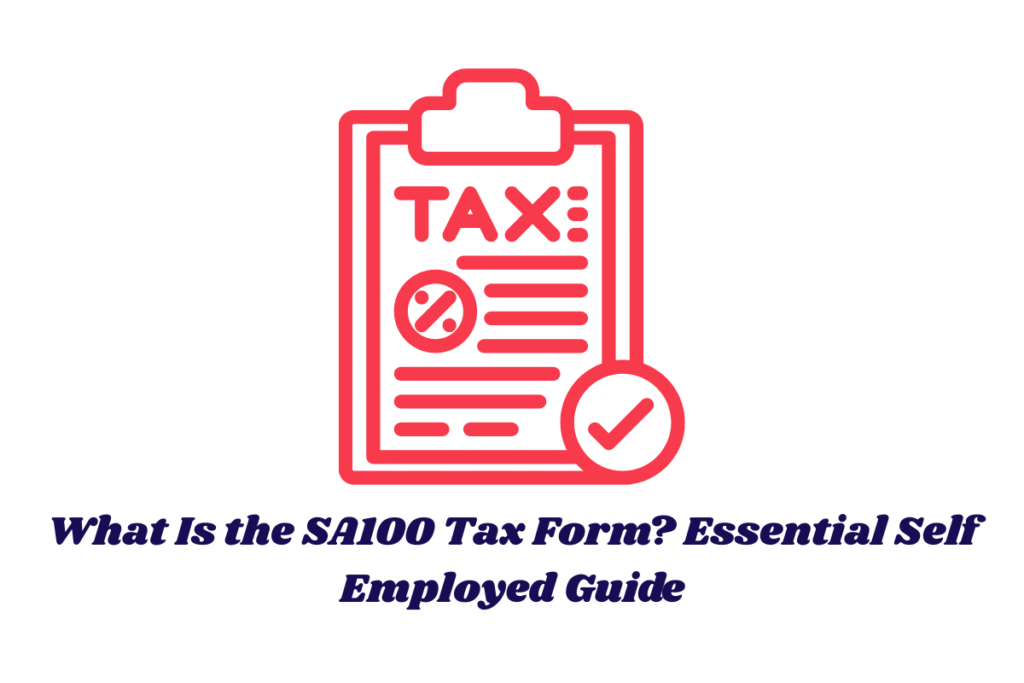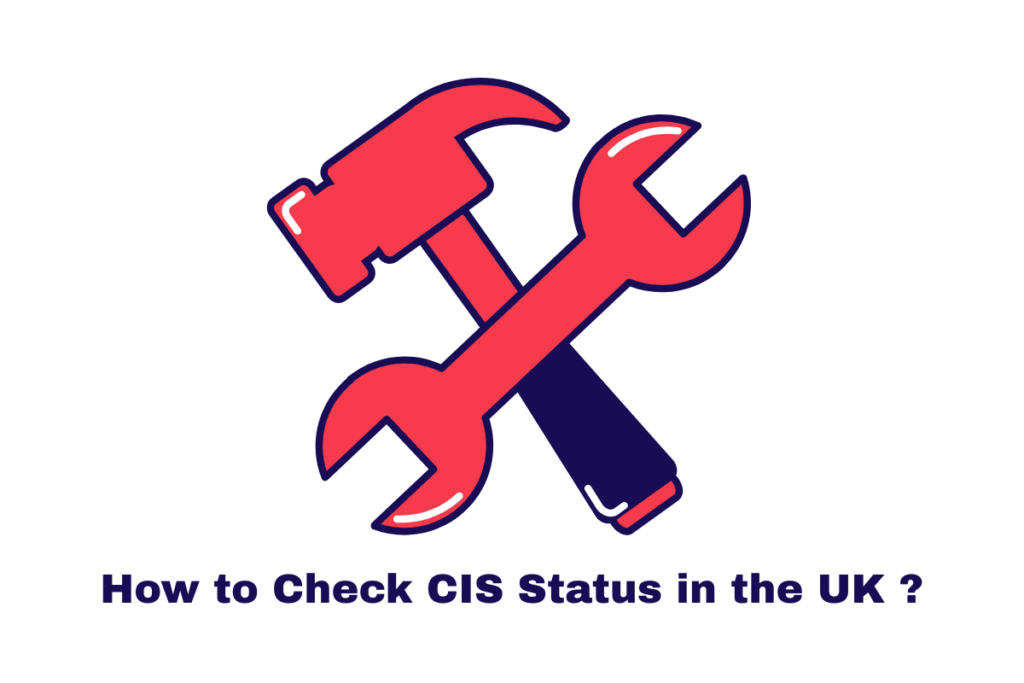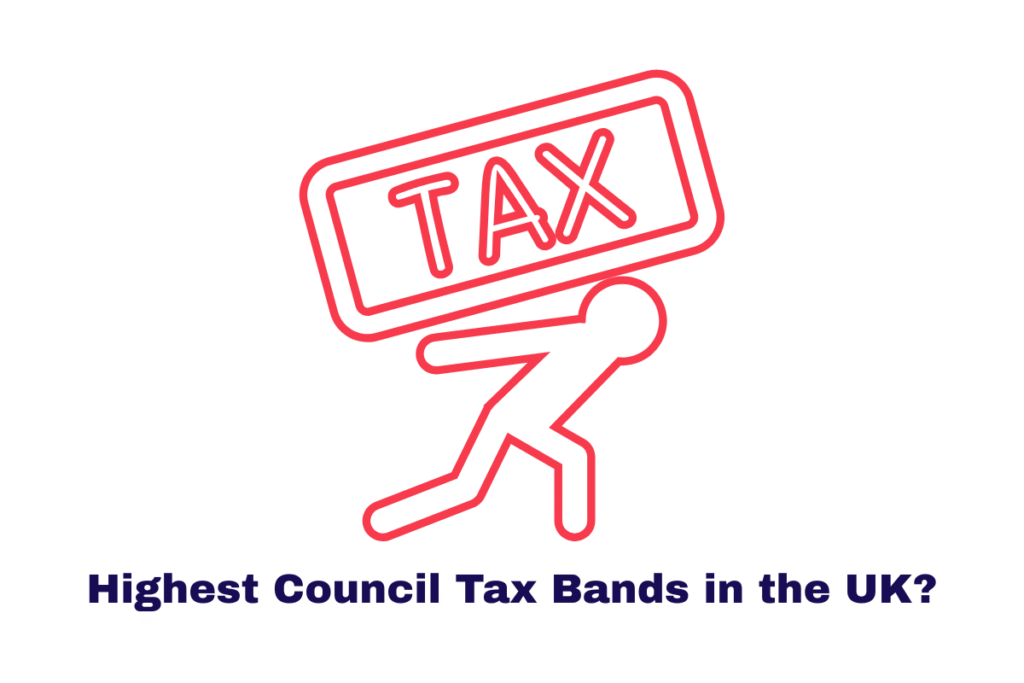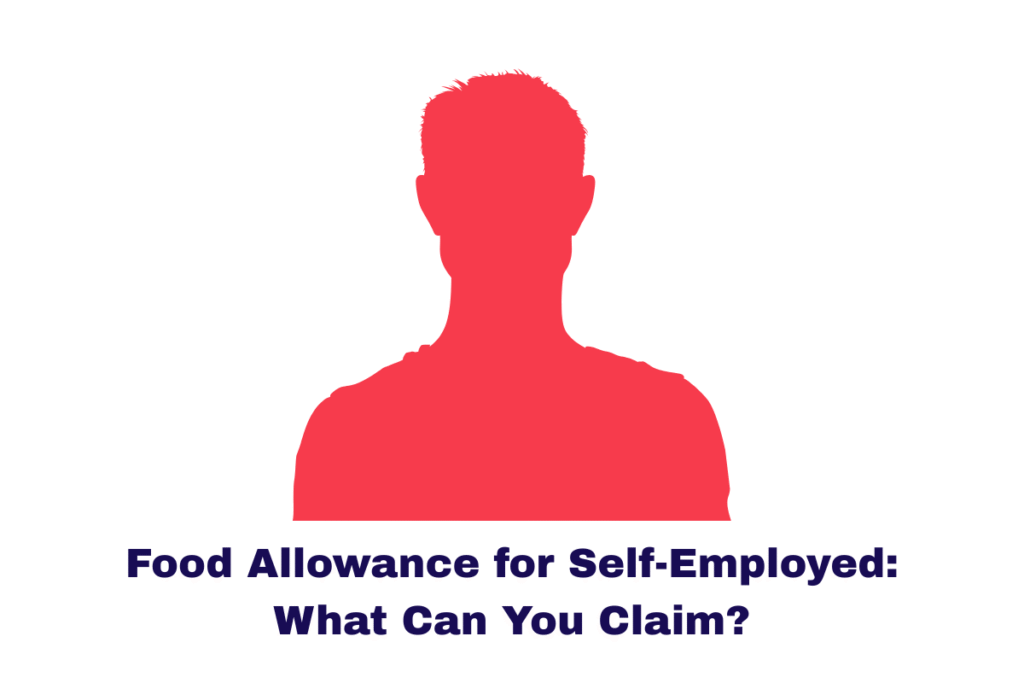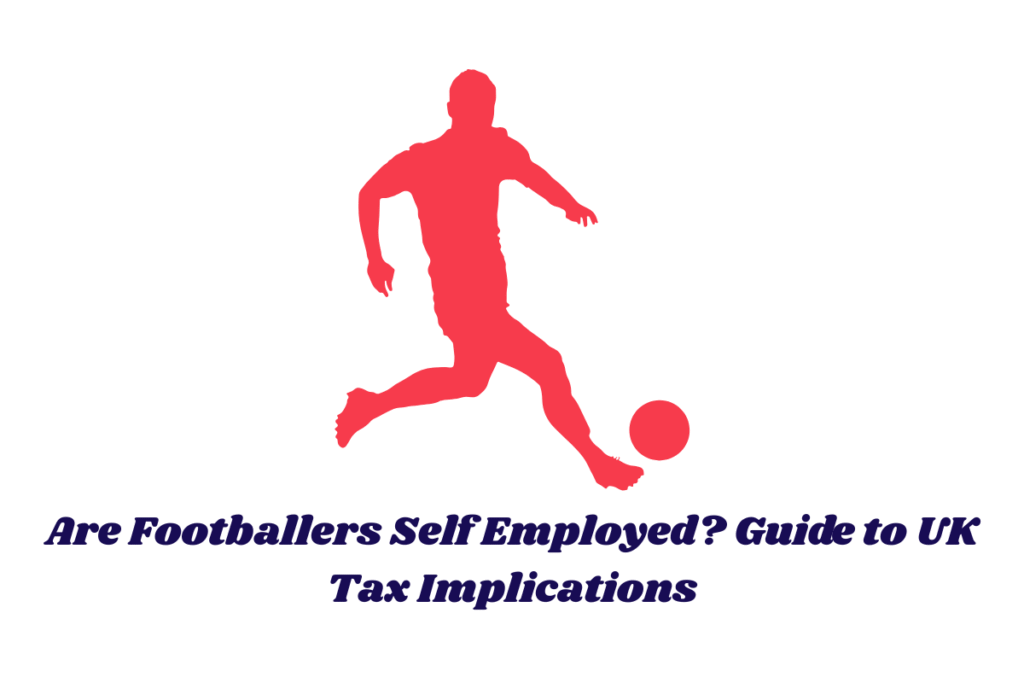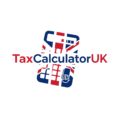The SA100 tax form is the main Self Assessment Income Tax Return required by HMRC for individuals to declare taxable income for a given UK tax year (6 April–5 April).
It captures all income types—employment, self-employment, investments, pensions—along with tax reliefs, benefits, and overpayments.
Summary
“This paragraph explains the overall purpose of the SA100 form and what it captures.”
Why It Matters for the Self‑Employed
If you’re self-employed—or a director, landlord, investor, or high-income earner—you must file an SA100 tax form each year to declare income that hasn’t been taxed at source. Ensuring accuracy means avoiding hefty penalties—even when no tax is owed.
Summary
“Highlights who needs the SA100 and why it’s vital.”
Who Must Complete the SA100 Form?
You’ll need to file the SA100 tax form if you fall into any of these categories:
- Sole trader or freelancer
- Director receiving non‑PAYE income
- Landlord or holiday-let owner
- Overseas income recipient
- Capital gains realizers
- Side-hustlers or gig workers
- High earners (usually over £100k)
- Anyone with untaxed interest, dividends, tips, or commissions
You can read more articles on different taxes in the UK:
PIP Rates 2025: Guide to PIP Rates in the UK
What is P800 Refund? How to Claim P800 Refund
What is Withholding Tax? Guide for UK Taxpayers
How to Pay Council Tax Online?
How to Setup Personal Tax Account with HMRC?
How to Register as Self Employed: A Complete Guide for 2025
What is Government Gateway ID? Where to find it?
Structure & Supplementary Forms
The SA100 is an 8–10 page form. If you have varied income types, you attach relevant supplementary schedules:
- SA102: Employment/director income
- SA103: Self-employment
- SA105: UK property
- SA106: Foreign income
- SA108: Capital gains
…and others.
Step-by-Step Guide to Completing SA100
- Gather documents: P60, P45, bank interest statements, dividend vouchers, expense receipts, UTR, NI number.
- Choose your filing method: 1- Online via GOV.UK (recommended): provides longer deadline and auto-checks. 2- Paper: early deadline, manual entry, no auto validations
- Personal & income sections: Fill in personal details, answer questions to identify which supplementary forms apply.
- Declare income & reliefs: Include interest, dividends, pensions, rental receipts, capital gains, deductions, and charitable contributions.
- Student loans & benefits: Add any Student Loan repayments or High‑Income Child Benefit charges (if over £50k income).
- Include reliefs and allowances: Pension contributions, gift aid, marriage allowance, etc.
- Calculate tax due or repayment: Online returns automatically calculate this; paper filings require manual work.
- Review & declarations: Double‑check all entries, sign the declaration, and submit before the deadline.
Deadlines for 2025/26 Tax Year
All deadlines refer to the tax year ending 5 April 2025:
- Register for Self Assessment: by 5 October 2025
- Paper SA100 submission: by 31 October 2025
- Online SA100 submission: by 31 January 2026 (additional PAYE-code deadline: 30 December 2025)
- Tax payment(s): by 31 January 2026 (balance and first “payment on account”), second on account by 31 July 2026
Penalties & Consequences
Missing deadlines can lead to escalating fines:
- £100 immediately after deadline
- £10/day after 3 months (up to £900)
- Further £300 or 5% at 6 and 12 months past due
- HMRC began increasing late-filing penalties in April 2025—rising to 3–10% of unpaid tax—especially for those using Making Tax Digital.
Penalties apply even when no tax is due
How to Submit the SA100 Form
- Online: Use GOV.UK or third-party software—auto-calculation, immediate submission, built-in checks.
- Paper: Download SA100 and supplementary PDFs for 2025 from GOV.UK, print, complete, sign, and post to HMRC addresses
Tips for Stress‑Free Filing
- Start early—gather receipts and invoices throughout the year.
- Use digital record-keeping (like MTD-compatible software)—especially vital for landlords and self-employed.
- Set reminders for key deadlines and payments.
- Regularly check HMRC’s portal for updates or error messages.
- Seek professional advice: Certified accountants and HMRC support lines can help clarify complex areas and avoid misfiling.
- Keep offical records and HMRC communications for at least 22 months after submission.
Where to Find Help & Further Reading
- HMRC official guidance: Self Assessment forms and help pages on GOV.UK
- Deadline & penalty details: GOV.UK guides on timelines and late fees
Final Thoughts
Completing the sa100 tax form is not just a legal obligation—it’s an opportunity to manage your finances efficiently, claim rightful reliefs, and avoid unnecessary penalties. With an online filing option, clear deadlines, and accurate record-keeping, even complex returns can be handled smoothly. Remember: planning ahead and asking for help when needed are your best strategies for successful Self Assessment.
The content provided on TaxCalculatorsUK, including our blog and articles, is for general informational purposes only and does not constitute financial, accounting, or legal advice.
You can also visit HMRC’s official website for more in-depth information about the topic.
